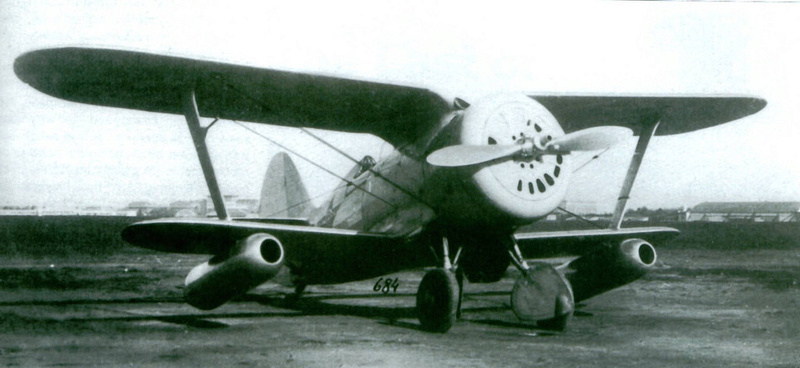They already have a low tech solution in place. Seriously I kid you not they have blimps with L88 airborne radars tethered to small fast boats positioned far ahead of the bigger ships feeding and extending radar coverage up to 370 miles further out from the edge of the formation which in itself covers a piece of ocean that is quite large not counting awacs making the surface or air approach a tough deal.
Good. Radars in front of the battlegroup should make it much easier to find... radar emissions go for thousands of kms and are easy to triangulate. Such an emitting system can be the first target... even just Kh-22ms with anti radiation seekers could be used to take those out.
And the funny thing is that it is the speed that makes Zircon effective... it does not matter if it gets detected early... it is its high speed that makes it hard to intercept.
Again I 'd like your opinion on a 100 g mach 10 or possibly a faster version of the sprint missile that could be used for the defense against high speed missiles like zircon? As the sprint missile itself is about 2000 mph faster than the zircon, I would think it is possible to have a workable solution no?
Sprint missiles are large and very very expensive and are designed to intercept non manouvering targets that are travelling at very high speeds. You could spend a small fortune and put them on US ships I guess, but Zircon is smaller and cheaper and fits standard UKSK launch tubes.
Sprint had a range of something like 40km and operated up to about 30km, but it flew so fast it could not use radar to detect the target it needed command guidance and an ablative nose cone to stop it burning up. It also used a nuclear warhead to destroy the target, which would have a negative effect on the radars of your fleet about to face more missiles in the attack.
Acceleration is not really that useful in this regard... just the costs involved in such a weapon let alone its non standard size meaning it wont fit US vertical launch tubes just makes things worse rather than better.
I await for the Zirkon for the last path to be like BrahMos flying at very low altitude, not the whole path because of air friction and the loose of range. I think Zirkon will have multiple attack options.
Almost certainly, but I suspect high flying and diving attack will be the preferred option for best range and flight speed.
Very few things are supersonic at low altitude.... Brahmos and Onyx and Yakhont are mach 1.8 weapons at low altitude. They only get to mach 2-2.5 when flying high profile missions.
Remember about detection here a 400-kilometer range scramjet is not going to be flying on the deck most of the time probably only the last moments as the temp will be unreal at sea level due to the density of the air. It will be detected far away due to the height it flies, it's size temp difference it create
The ramjet powered Onyx probably travels 400-500km to its target. The Scramjet powered Zircon probably travels twice as far on the same fuel tank by travelling twice as fast.
A ramjet engine burns fuel at subsonic speed.. the air going into the engine has to be slowed down to subsonic speed before fuel can be added and burned and then blown out the back as thrust.
A Scramjet burns fuel at supersonic speed so the air blasts in and is compressed and fuel is added and burned and it leaves the rear generating thrust.
Ramjets are limited to between mach 4 and mach 5... scramjets have no speed limit.
Zircon will be compatible with UKSK launchers.... on corvettes and all frigates and all destroyers and all cruisers and all carriers new and upgraded... and all subs and it could be put into a standard shipping container and dumped in the sea as a sea mine...
The USA has HABIT of not broadcasting the actual performance of its equipment as said earlier.
Really?
After Desert Storm Abrams tanks were invincible and T-72s and T-80s were junk... even though there were no T-80s in Iraq or Kuwaite.
I would agree the US has a habit of not telling the truth...
Space shuttle does not fly in high density lower atmosphere at mach 12 it would vaporize in 3 seconds.
The Zircon would not fly at mach 8 at low level... probably closer to mach 3 or 4 which is unprecedented speed for that altitude.
Zircon will of course have high and low flight profiles just like previous supersonic missiles the Soviets and Russians use, but there is a huge range and speed penalty involved in flying low to the target...
Space shuttles clearly vapourise when part of their heat shield is removed by damage, but Zircon could easily have ablative materials near hot spots and even pump its liquid fuel through the skin surface where heating occurs to prep the fuel and to cool the surface.
Sprint operates at less than 30km altitude where the atmosphere is thickest. Zircon will likely operate at more than 40km altitude perhaps even higher so friction wont be such an issue except during the terminal dive onto the target.






